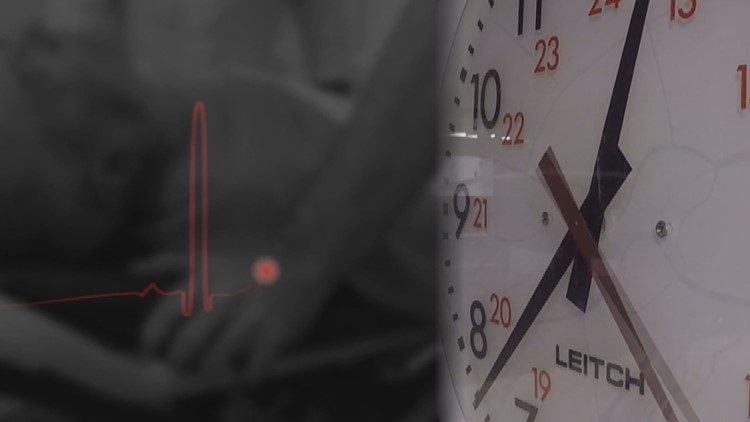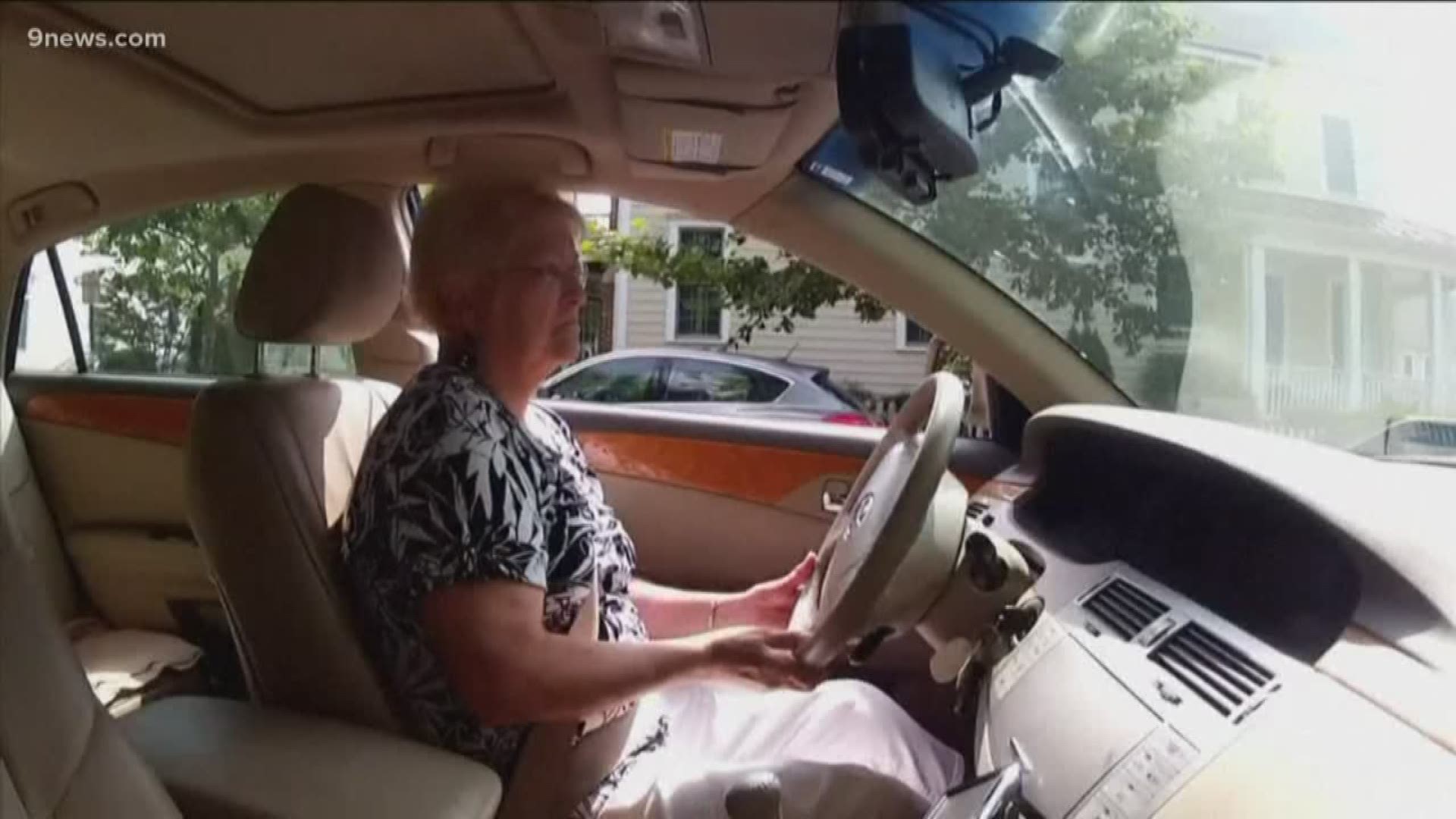COLORADO, USA —
There is an increased risk of car crashes for several weeks following the end of Daylight Saving Time due to new lighting conditions during peak commute times and changes to sleep patterns, according to research from AAA Colorado.
With the days being shorter and darkness falling earlier in the evening, people’s commute home from work will likely be in the dark, which poses a risk to drivers, said Skyler McKinley with AAA Colorado.
“We've gotten used to nearly eight months of daylight during the evening commute. That all changes now," McKinley said. "Sunset is one of the most challenging times to drive, as your eyes must frequently adjust to increasing darkness.”
AAA recommends that drivers begin to prepare for night driving by:
- Reducing speed.
- Putting more distance between the car in front of them.
- Getting plenty of rest.
- Making sure headlights and taillights are functional.
Gaining an hour of sleep may seem like a perk, but researchers have suggested the disruption to sleep and circadian pattern may actually increase fatigue-related car crashes, according to a study done by researchers at Johns Hopkins University and Stanford University.
The study looked at an increase in fatal accidents following changes from Daylight Saving Time.
They concluded that on the Sunday when time falls back one hour, the anticipation of an extended late night may lead to an increased number of crashes.
This may be due to an increase in late-night to early-Sunday-morning driving, when traffic-related fatalities are high from possible alcohol consumption and driving while sleepy or from staying up later than usual.
Sleep deprivation on the Monday following the spring forward time shift results in a significant increase in crashes after losing one hour of sleep, the study found.
Sleep-deprived drivers are said to cause more than 6,400 deaths and 50,000 debilitating injuries on American roadways each year, according to the National Sleep Foundation.
AAA Colorado offers these tips to help drivers avoid potential crashes:
- Rest up. Get plenty of rest before getting behind the wheel. Your crash risk goes way up whenever you get fewer than seven hours of sleep. If you do begin to feel drowsy while driving, pull over immediately and rest or call a family member or friend for assistance.
Be prepared for morning/afternoon sun glare. Sun glare in the morning or late afternoon can cause temporary blindness. To reduce the glare, wear high-quality sunglasses and use your car's sun visors. Use of the night setting on rear-view mirrors can reduce glare from headlights approaching from the rear.
Care for your car. Keep headlights, tail lights, signal lights and windows (inside and out) clean.
Ensure headlights are properly aimed. Misaimed headlights blind other drivers and reduce visibility.
Keep headlights on low beams when following another vehicle, so other drivers are not blinded. Turn off your high beams when there's traffic in the oncoming lane.
Reduce your speed and increase your following distances. It is more difficult to judge other vehicles' speeds and distances at night.
Be mindful of pedestrians and crosswalks. Yield the right of way to pedestrians in crosswalks and do not pass vehicles stopped at crosswalks.
AAA tips for pedestrians and bicyclists:
Cross only at intersections. Look left, right, and left again and only cross when it is clear. Cross at the corner – not in the middle of the street or between parked cars.
Avoid walking in traffic when there are no sidewalks or crosswalks. If you have to walk on a road that does not have sidewalks, walk facing traffic
Evaluate the distance and speed of oncoming traffic before you step out into the street.
Wear bright colors or reflective clothing if you are walking or biking near traffic at night. Carry a flashlight when walking in the dark.
Avoid distracted walking and biking, including looking at your phone, wearing headphones, or listening to music.
- Bicycle lights are a must-have item for safe night riding, especially during the winter months when it gets dark earlier.
SUGGESTED VIDEOS | Science is Cool



